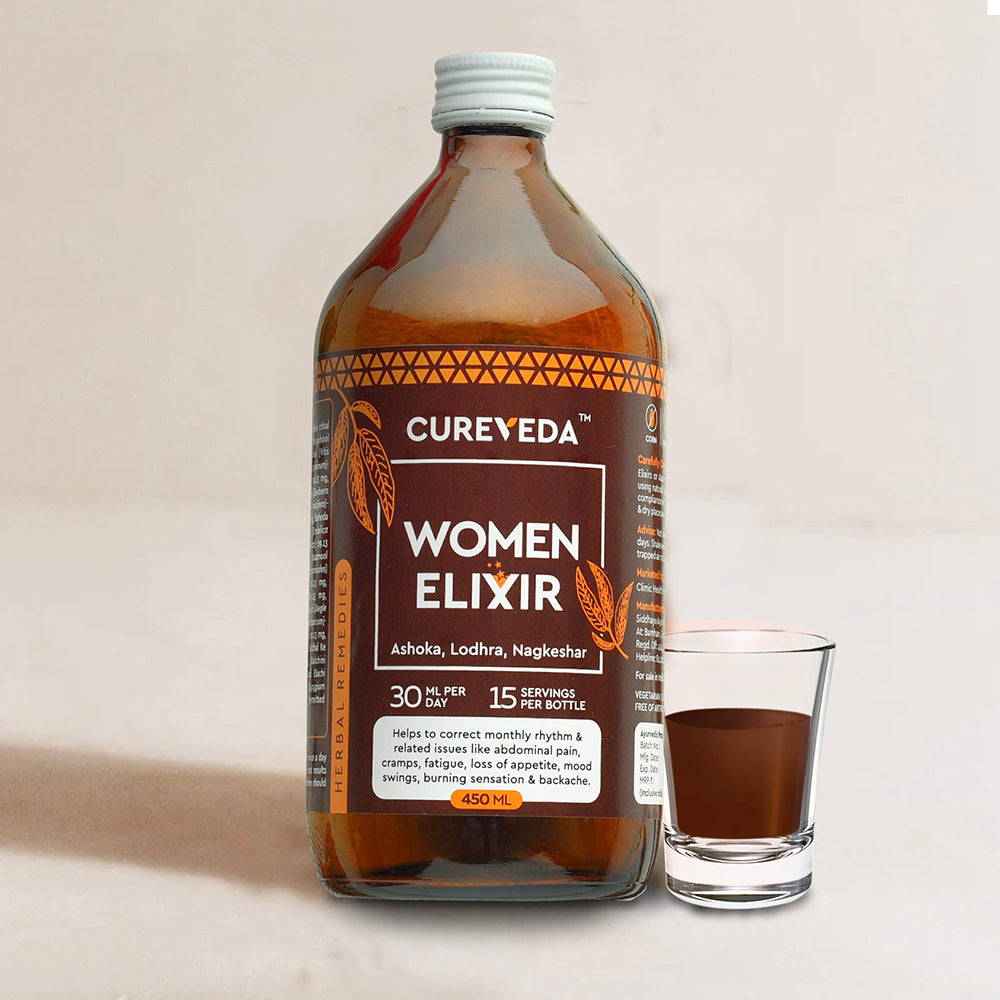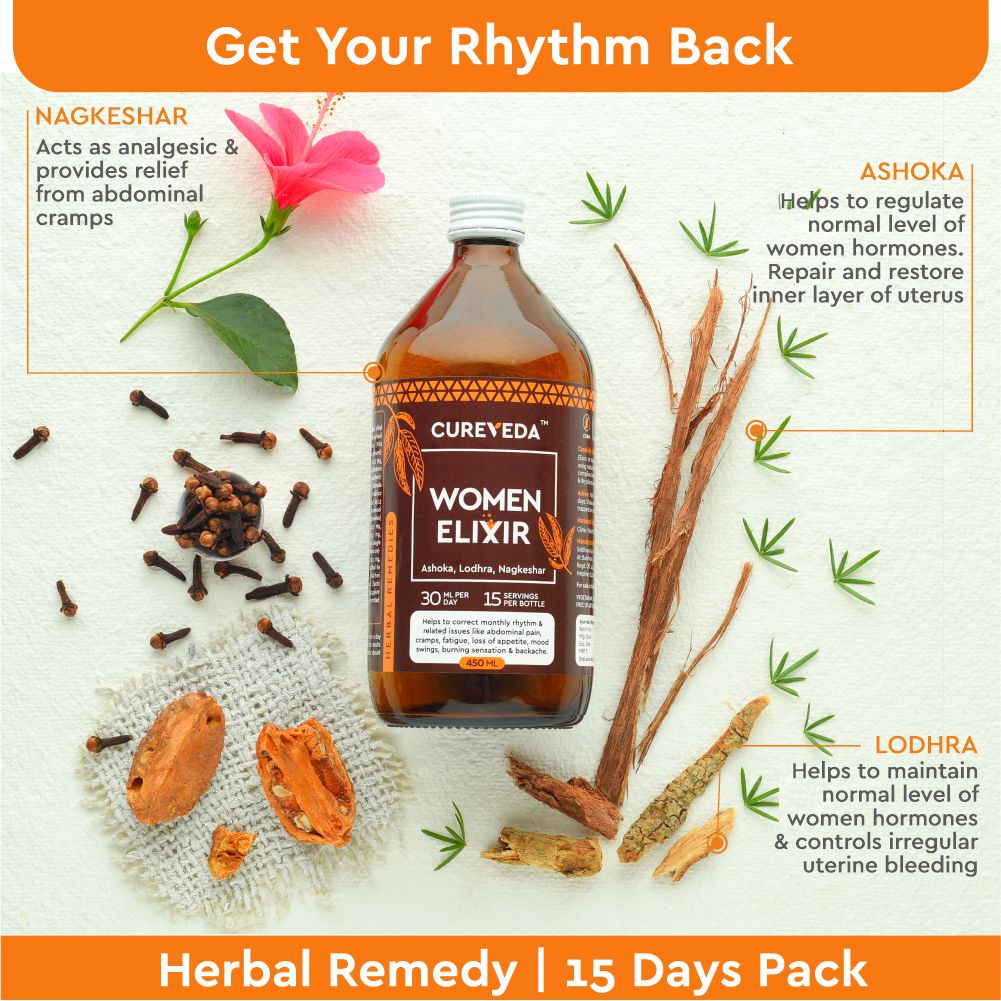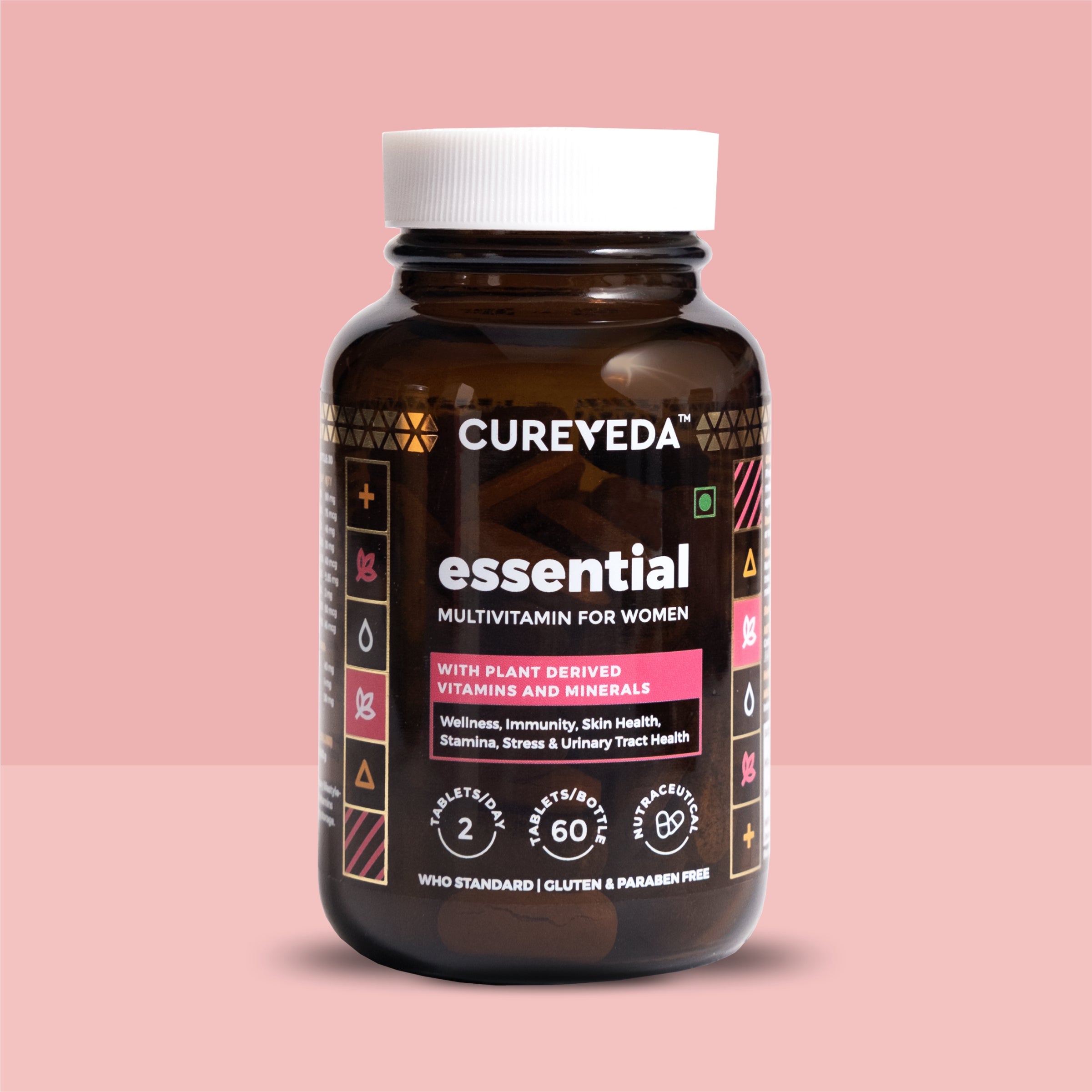Dysfunctional Uterine Bleeding (DUB) | Uterine Bleeding
Dysfunctional Uterine Bleeding (DUB)
Reviewed By : Dr. Veena Deo
Published : February 18, 2024
Dysfunctional uterine bleeding (DUB) refers to excessive uterine bleeding where no organic cause can be identified, typically involving more than 80 ml of blood loss. The bleeding patterns associated with DUB include menorrhagia, polymenorrhagia, metrorrhagia, and continuous bleeding preceded by amenorrhea.
Causes:
- Anovulation: Occurs in approximately 85% of cases, especially in adolescents and during premenopausal conditions. Anovulatory DUB is characterized by painless bleeding.
- Ovulatory Cycles: Account for about 15% of cases and occur in the maturity group (20-40 years).
- Mental Anxiety
Histology:
DUB may exhibit various endometrial patterns, including proliferative endometrium in the secretory phase, secretory endometrium, and endometrial hyperplasia due to chronic anovulation.
Metropathia Haemorrhagica:
This condition involves painless bleeding and is commonly observed in adolescence and during premenopausal states.
Groups Affected by DUB:
- Adolescent Group (11-19 years)
- Maturity Group (20-40 years)
- Premenopausal Group above 40 years
Symptoms:
The main symptom of DUB is menorrhagia, accompanied by symptoms of anemia such as weakness and breathlessness upon exertion. Signs include anemic conditions without other systemic diseases.
Management of DUB:
- For anxiety management, meditation is recommended.
- Dietary modifications are advised based on the patient's weight:
- Underweight patients should increase their food intake to gain 5-10 kg and consume boiled water. Daily walking is advisable.
- Overweight or obese patients should aim to lose 5-10 kg by avoiding certain foods like rice, potatoes, sweets, butter, ghee, and cold drinks. Boiled water consumption and daily walking are recommended.
- Adolescent patients with menorrhagia and blood disorders should consult a hematologist.
Herbs to Treat Dysfunctional Uterine Bleeding:
- Paeonia lactiflora (Paeony Root): Useful in treating menorrhagia.
- Styptic Herbs (Yarrow, Witch-Hazel): Helpful in treating DUB.
- Saraca indica (Ashoka): Possesses anti-inflammatory and estrogenic properties, aiding in endometrial repair and bleeding control.
- Symplocos racemosa (Lodhra): Known for its astringent and antimicrobial properties, beneficial in treating menorrhagia.
- Mesua ferrea (Nagkeshar): Astringent and emmenagogue, prescribed for menorrhagia and gynecological disorders.
- Caesalpinia sappan (Patangkashta): Exhibits powerful astringent activity, useful in treating menorrhagia.
- Gum of Silk Cotton Tree (Mochras): Acts as an astringent, diuretic, expectorant, and styptic, primarily used in treating menorrhagia.
Natural Home Remedies:
- Consume a diet rich in iron, vitamin C, and vitamin A.
- Incorporate cooked banana flour with curd into your diet.
- Drink Amla juice daily.
- Red raspberry tea, strawberry, orange, and lemon juice are beneficial.
- Include eggs, beans, and green leafy vegetables in your meals.
- Consume 2 to 3 cloves of garlic daily.
- Ashok (Saraca indica) decoction is advisable.
Note: Consult an Ayurvedic physician for guidance on the quantity of ingredients in natural home remedies before consumption.
Reference:
Textbook of Gynaecology, Contraception & Demography, 14th Edition, 2003, Dawn Books, Kolkata



 Shop All Products
Shop All Products




